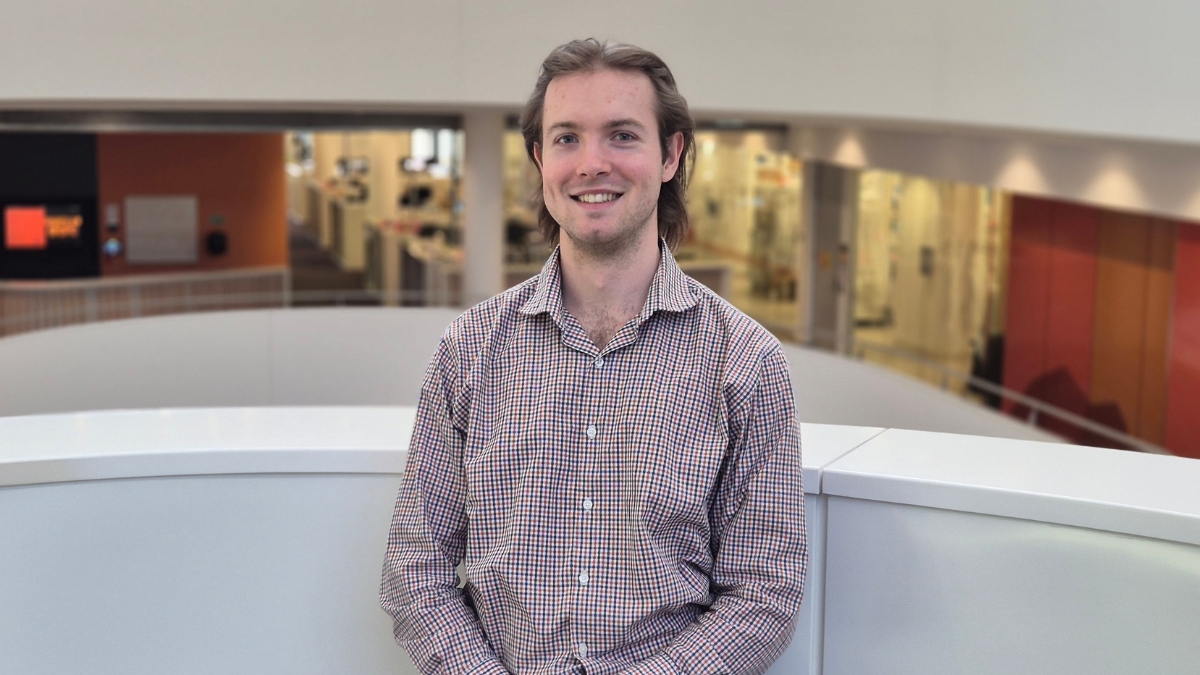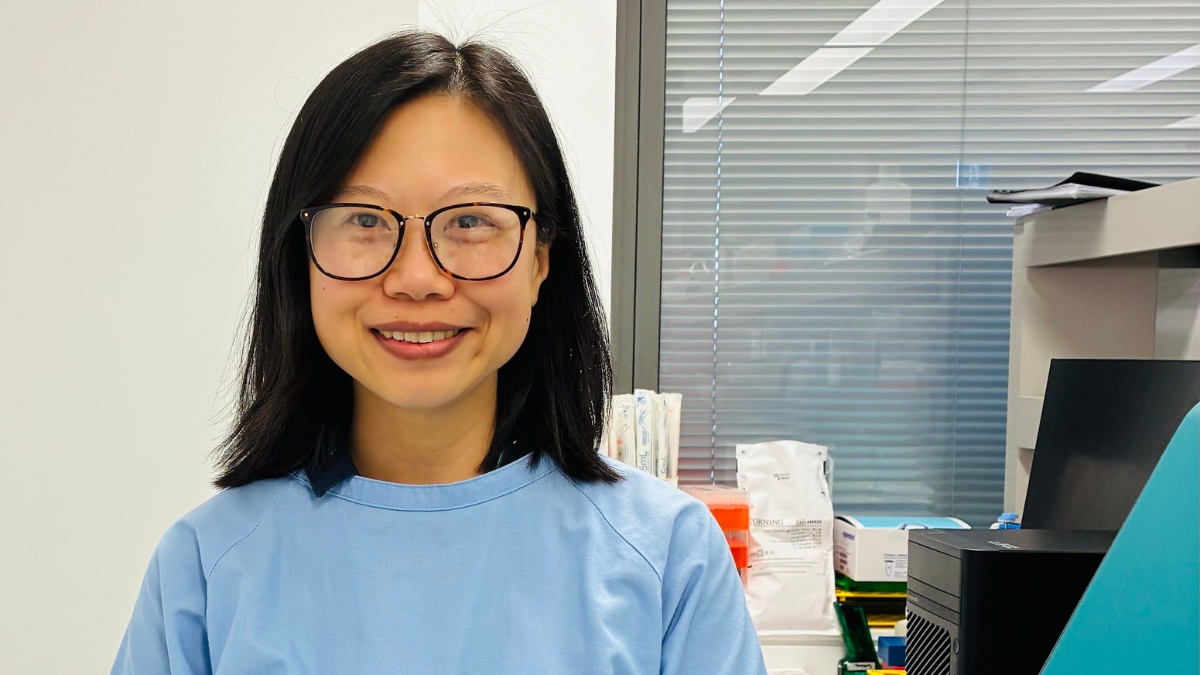Meet Xinyu (Catherine) Bai, a PhD student and researcher at MIA. The focus of Catherine’s research is “Single Cell Spatial Features of In-Transit Melanoma Associated With Patient Outcomes To Immunotherapy”.
“Tissues are made of cells and cellular interactions. I study the single cells and interactions in their spatial context using cutting edge techniques to understand immunotherapy response and resistance in melanoma.” – Catherine
Catherine is based at MIA’s Translational Research lab at Charles Perkins Centre, The University of Sydney.
Her study investigates the tumour microenvironment (TME) of melanoma in-transit metastasis (ITM), a type of locoregional metastasis affecting up to 20% of melanoma patients. The 10-year survival rates for ITM patients range from 75% to 43% with standard treatment.
Catherine’s research employs advanced multiomic sequencing and highplex imaging techniques to analyse the TME in 35 ITM patients undergoing immunotherapy. The study identified distinct immune structures at the tumour edge associated with positive immunotherapy outcomes. In addition, specific subtypes of macrophages located within the tumour correlate with immunotherapy response. The study also reveals varying immune evasive traits in ITM melanomas showing resistance to treatment, including increased immune checkpoint receptor expression, high proliferation, and low immune cell recruitment.
The findings offer insights into the TME interactions influencing immunotherapy outcomes, potentially paving the way for biomarker development and mechanism-based therapies. Crucial work in reaching zero deaths from melanoma.





